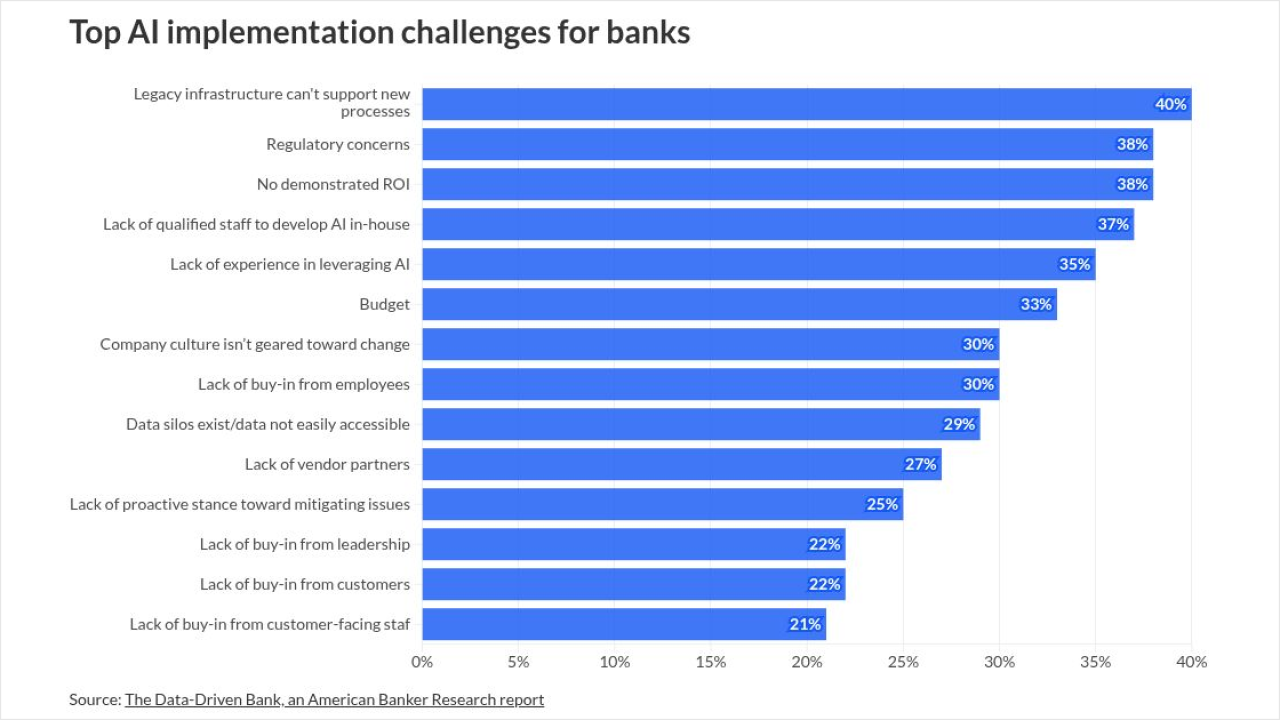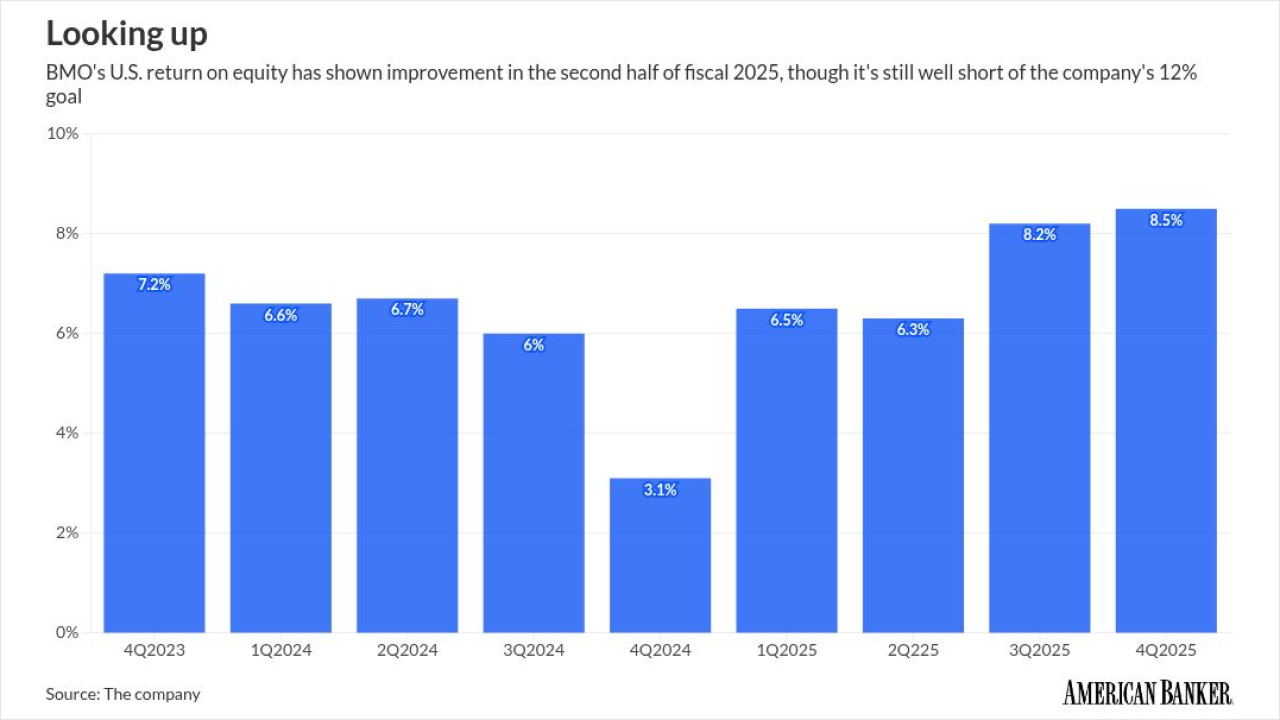Using digital assets to buy something isn't nearly as fringe as it was just a couple of years ago, placing PayPal's Jose Fernandez da Ponte squarely at the forefront of a new age of payment innovation.
"A significant volume of transactions will move to crypto writ large," said Fernandez da Ponte, PayPal's senior vice president of blockchain, crypto and digital currencies. "Whether it's crypto, fiat-backed stablecoins or [central bank digital currencies], there's momentum."
PayPal is considering building its own stablecoin to take advantage of the growing interest in cryptocurrency payments. While the market swings in cryptocurrency valuation in 2022 and the high-profile failure of the Terra stablecoin have cooled some of the buzz, companies like PayPal and the card networks, and traditional financial institutions like Silvergate Bank, are pushing ahead with payment projects, seeking the right mix of technology, partners and size.
The focus on stablecoins, which attempt to tie their value to a government-issued currency, is meant to calm fears about the volatility associated with the valuations of Bitcoin and similar coins. But the collapse of Terra has shaken confidence in the stablecoin model, making it all the more challenging for the payments industry to move ahead with its own crypto projects.
"While we can't ignore the recent dip in trust surrounding cryptocurrency, there remains a growing interest in crypto and a strong potential for the technology to positively contribute to the future of financial services," said Frank Hinek, executive director of innovation at NCR, which is working on use cases for cross-border and crypto payments at the point of sale, with fast conversions to local traditional currency for consumers and merchants.
"Crypto has taken longer to mature in terms of providing a widely adopted alternative to the traditional payments system, but there is still a significant opportunity there," Hinek said.

Even though severe valuation declines have hit the cryptocurrency market in 2022, actual use of cryptocurrency is increasing. About 3.6 million U.S. adults will use cryptocurrency to make a purchase in 2022, up from about 2.2 million in 2021, according to
"The largest payment companies are already integrating cryptocurrencies into their business," said Sherhii Zhdanov, CEO of EXMO, a London-based cryptocurrency company.
Tipping the scales
PayPal's approach to stablecoins is to make a system that's large enough to manage a vast volume of transactions. PayPal has examined protocols and the necessary scale required for a stablecoin to have ubiquitous access, and it has not found such a protocol, according to Fernandez da Ponte.
The need is for a large volume of small transactions — 10,000 transactions for $10 moving on a blockchain over a few hours, as opposed to 10 transactions for $10,000, which is closer to the volume designs for most blockchain-supported networks, PayPal contends.
"We want to make crypto more accessible to mainstream users, to provide an experience that works well for them," said Fernandez da Ponte.
PayPal and its Venmo app support buy, sell and hold services for cryptocurrency and PayPal also offers a
PayPal also recently added deposit and withdrawal support for cryptocurrency and other digital asset wallets. PayPal executives have spoken several times over the past two years about building a
A super app would make use of open banking or embedded banking, or technology that allows payment apps to connect to financial services from other providers. PayPal and Venmo's crypto services could help create the user base for this larger finance mix.
"It wouldn't be PayPal only. We see other banks that are interested in cryptocurrency payments and are seeking support from mainstream banks around the world," said Fernandez da Ponte.
What happened to Facebook's coin?
Meta's infamous stablecoin project, Diem, still exists, though it's now under the
Silvergate had been one of the partners in the original Diem stablecoin project, then
We don't believe this is going to be a 'winner take all' type of network where you have one stablecoin to rule the world.
Much of Silvergate's current work involves building scale through the underlying technology and building a network of partners, including banks.
"We are interested in the technology, which was purpose-built for payments," said Alan Lane, CEO of Silvergate Bank.
Meta spent several years and hired dozens of engineers to build a tech platform to power payments for its two billion users around the world, Lane said. "We concur that the protocol built for payments can handle tokenized dollars at scale with billions of users," Lane said
Silvergate is rebuilding the relationships that will be required to launch the stablecoin, and it "has a different view of who those parties may be," Lane said.
More of these new partners may be banks than the technology companies that dominated the Diem project when it was affiliated with Meta. Meta did not provide comment on its own stablecoin plans for this story.
Meta's departure from the crypto market removes a sizable potential competitor at the same time that nonbank issuers are bracing for tougher regulatory scrutiny.
"We don't believe this is going to be a 'winner take all' type of network where you have one stablecoin to rule the world," Lane said, adding blockchains and application programming interfaces will help support interoperability for different stablecoins in different markets.
Defending stability
There are different types of stablecoins with different levels of risk, and this will inform the model that will most likely be used for payments, according to Silvergate's Lane.
A stablecoin backed by a traditional currency stored in a bank such as the U.S. dollar, then tokenized on the internet, is the future of payments, he said. "You may have smart contracts that can handle the conversions to the pound, euro, yen or other currencies," Lane said.
Other types of stablecoins include asset-backed stablecoins, which are backed by dollars but can also be backed by investments such as commercial paper or loans.
These types of stablecoins have been
"These types of stablecoins have been trending toward adding more dollars and government securities," Lane said.
Another variant, algorithmic stablecoins, use an additional cryptocurrency to back the stablecoin; an algorithm and smart contracts determine how the stablecoin is supported by either increasing or decreasing supply to maintain the 1:1 dollar-to-stablecoin ratio.
Terra, an algorithmic stablecoin,
A model that backs each stablecoin with currency that already resides in a bank is the safest, Lane contends.
"Circle's USDC is included in that," Lane said, adding Silvergate backs the USDC stablecoin. "Circle sends some of the dollars to other banks but the stablecoin is still backed by dollars or U.S. treasuries." Circle did not provide comment for this story.
Coinbase, another cryptocurrency company that is working on a broader
Consumers can use existing cryptocurrency balances or purchase new cryptocurrency using information sent to their Coinbase accounts, such as debit cards and bank account information, to ease the conversion between cryptocurrencies and traditional money.
While Coinbase's shares have fallen more than 50% in 2022, the company has remained aggressive in building its financial services business, including obtaining a
Despite the growth in crypto payments, there are lingering challenges in technology and regulation, according to Rick Fletcher, group president of CorPay Payables, a payments technology company and consultant.
By using a direct listing instead of an IPO, Coinbase can quickly draw mainstream investors to fuel a payments franchise.
Regulators in several different countries have pushed for
"Cryptocurrencies still don't have those required regulatory frameworks in place," Fletcher said. "Their untraceable nature, volatility, and lack of widespread acceptance are big challenges that must be overcome before we see mainstream business adoption."
'A lot of variety'
Regulatory and market fluctuations aside, payment companies and retailers are still expanding cryptocurrency payment acceptance and building infrastructure for emerging digital assets.
"There's been a downward move in prices of crypto, and that can make people more hesitant," said Ben Weiss, CEO of CoinFlip, a cryptocurrency ATM company. "But people still are seeing the technology advance, and more companies are getting into crypto."
Central bank digital currencies, which are tokenized representations of traditional government currencies, are also advancing. Visa and Mastercard have pitched roles for themselves in supporting
Many CBDCs will likely involve some role for banks, as governments look for partners to process CBDC transactions. Visa and Mastercard have pitched their networks and international scale as a way to support cross-border transactions denominated CBDCs.
"Crypto is moving from an asset to a utility," Weiss said. "Stablecoins may be attractive for payments now, given the volatility of other crypto, but that's the good thing about blockchain technology: There's a lot of variety."








